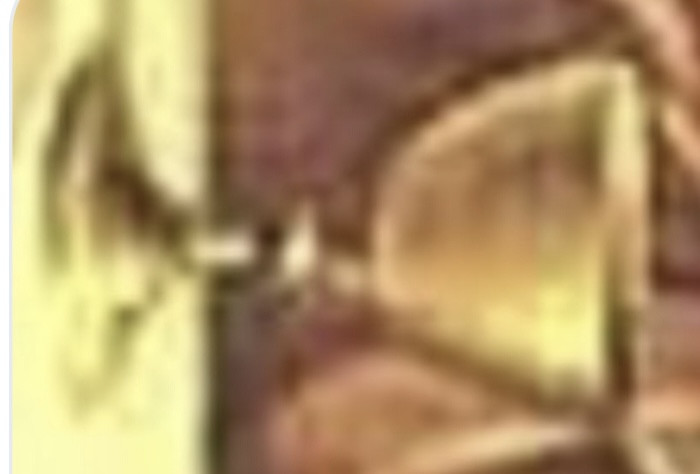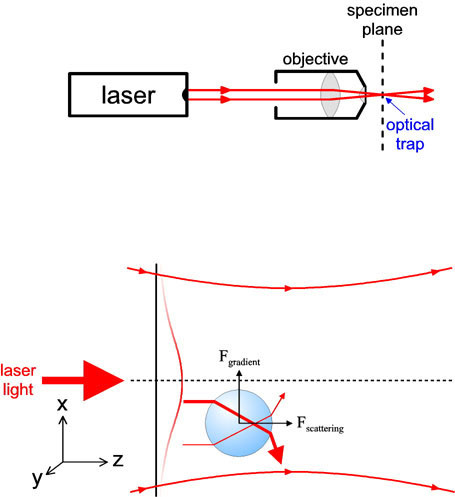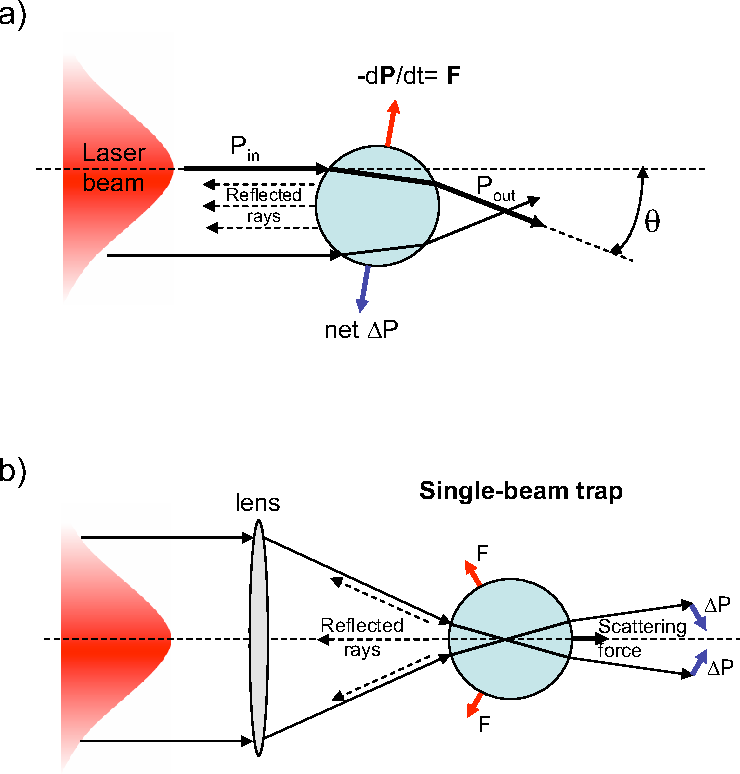The Mac
@TheMac
06 February, 09:55
Notice: Undefined index: tg1tga_access in /home/admin/www/anonup.com/themes/default/apps/timeline/post.phtml on line 396
Deb USA
@debkay1371
07 February, 12:28
In response The Mac to his Publication
The chalice
Notice: Undefined index: tg1tga_access in /home/admin/www/anonup.com/themes/default/apps/timeline/post.phtml on line 396
The Mac
@TheMac
07 February, 07:39
In response Deb USA to his Publication
late Middle English: from Old French gobelet, diminutive of gobel ‘cup’, of unknown origin.
Notice: Undefined index: tg1tga_access in /home/admin/www/anonup.com/themes/default/apps/timeline/post.phtml on line 396
The Mac
@TheMac
07 February, 07:40
In response The Mac to his Publication
French and English: metonymic occupational name for a maker or seller of goblets and tankards, from Old French gobel 'drinking vessel', 'cup' (apparently from Celtic gob 'mouth').
Notice: Undefined index: tg1tga_access in /home/admin/www/anonup.com/themes/default/apps/timeline/post.phtml on line 396
The Mac
@TheMac
07 February, 07:42
In response The Mac to his Publication
gobble (third-person singular simple present gobbles, present participle gobbling, simple past and past participle gobbled)
(transitive, intransitive) Of a turkey, to make its characteristic vocalisation; also, used of certain other birds.
(transitive, intransitive) To make the sound of a turkey.
(transitive, intransitive) Of a turkey, to make its characteristic vocalisation; also, used of certain other birds.
(transitive, intransitive) To make the sound of a turkey.
Notice: Undefined index: tg1tga_access in /home/admin/www/anonup.com/themes/default/apps/timeline/post.phtml on line 396
The Mac
@TheMac
07 February, 07:43
In response The Mac to his Publication
gobbledegook (usually uncountable, plural gobbledegooks)
Alternative form of gobbledygook
Alternative form of gobbledygook
Notice: Undefined index: tg1tga_access in /home/admin/www/anonup.com/themes/default/apps/timeline/post.phtml on line 396
The Mac
@TheMac
07 February, 07:44
In response The Mac to his Publication
Gibberish, also called jibber-jabber or gobbledygook, is speech that is (or appears to be) nonsense. It may include speech sounds that are not actual words, or language games and specialized jargon that seems nonsensical to outsiders.
Notice: Undefined index: tg1tga_access in /home/admin/www/anonup.com/themes/default/apps/timeline/post.phtml on line 396
The Mac
@TheMac
07 February, 07:45
In response The Mac to his Publication
"Gibberish" is also used as an imprecation to denigrate or tar ideas or opinions the user disagrees with or finds irksome, a rough equivalent of "nonsense", "folderol", or "claptrap". The implication is that the criticized expression or proposition lacks substance or congruence, as opposed to simply being a differing view.
The related word jibber-jabber refers to rapid talk that is difficult to understand.
The related word jibber-jabber refers to rapid talk that is difficult to understand.
Notice: Undefined index: tg1tga_access in /home/admin/www/anonup.com/themes/default/apps/timeline/post.phtml on line 396
The Mac
@TheMac
07 February, 07:46
In response The Mac to his Publication
"such sentiments are just pious claptrap"
Notice: Undefined index: tg1tga_access in /home/admin/www/anonup.com/themes/default/apps/timeline/post.phtml on line 396
The Mac
@TheMac
07 February, 07:47
In response The Mac to his Publication
What is optical dipole trap?
Optical tweezers (originally called single-beam gradient force trap) are scientific instruments that use a highly focused laser beam to hold and move the microscopic and sub-microscopic objects like atoms, nanoparticles and droplets, in a manner similar to tweezers.
Optical tweezers (originally called single-beam gradient force trap) are scientific instruments that use a highly focused laser beam to hold and move the microscopic and sub-microscopic objects like atoms, nanoparticles and droplets, in a manner similar to tweezers.
Notice: Undefined index: tg1tga_access in /home/admin/www/anonup.com/themes/default/apps/timeline/post.phtml on line 396
An optical trap is formed by tightly focusing a laser beam with an objective lens of high numerical aperture (NA). A dielectric particle near the focus will experience a force due to the transfer of momentum from the scattering of incident photons. ... For most conventional situations, the scattering force dominates.
07:48 AM - Feb 07, 2022
In response The Mac to his Publication
Only people mentioned by TheMac in this post can reply
The Mac
@TheMac
07 February, 07:49
In response The Mac to his Publication
Optical tweezers have been used to trap dielectric spheres, viruses, bacteria, living cells, organelles, small metal particles, and even strands of DNA.
Notice: Undefined index: tg1tga_access in /home/admin/www/anonup.com/themes/default/apps/timeline/post.phtml on line 396
The Mac
@TheMac
07 February, 07:49
In response The Mac to his Publication
Notice: Undefined index: tg1tga_access in /home/admin/www/anonup.com/themes/default/apps/timeline/post.phtml on line 396



